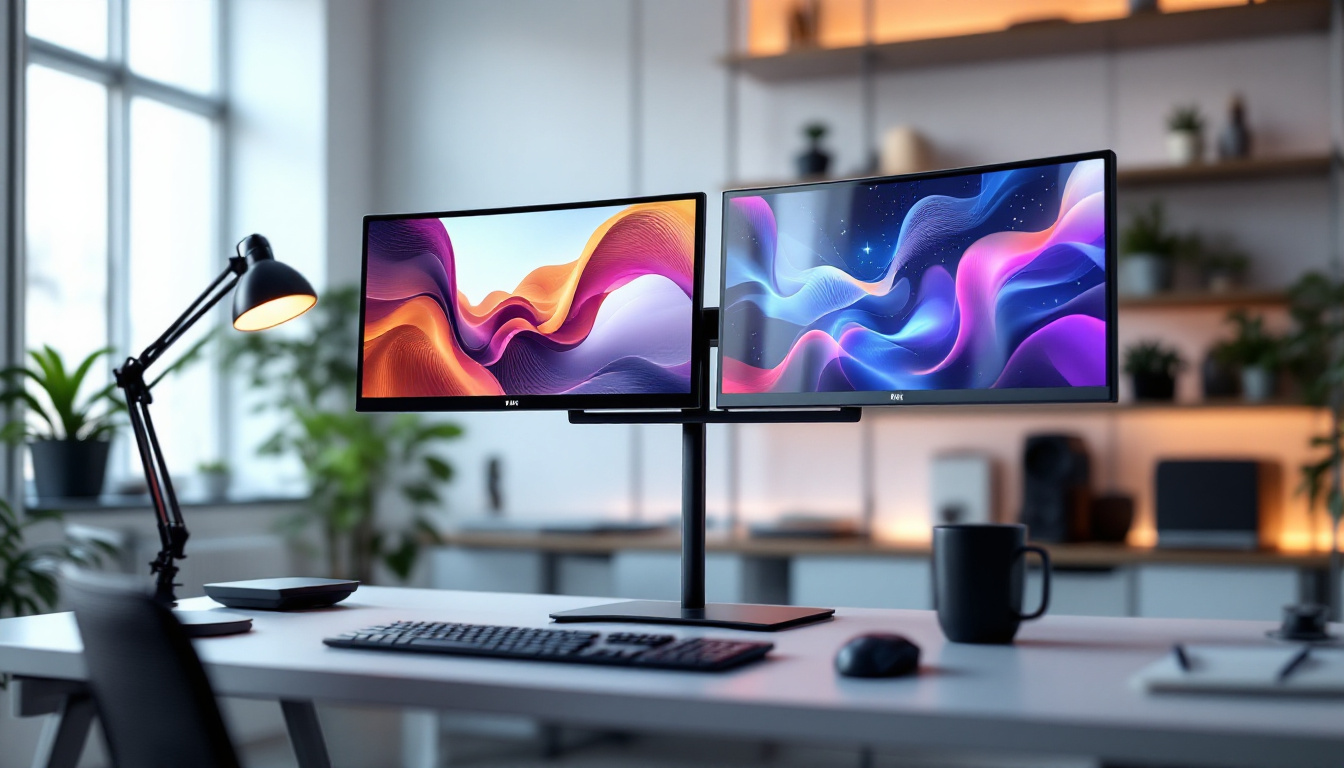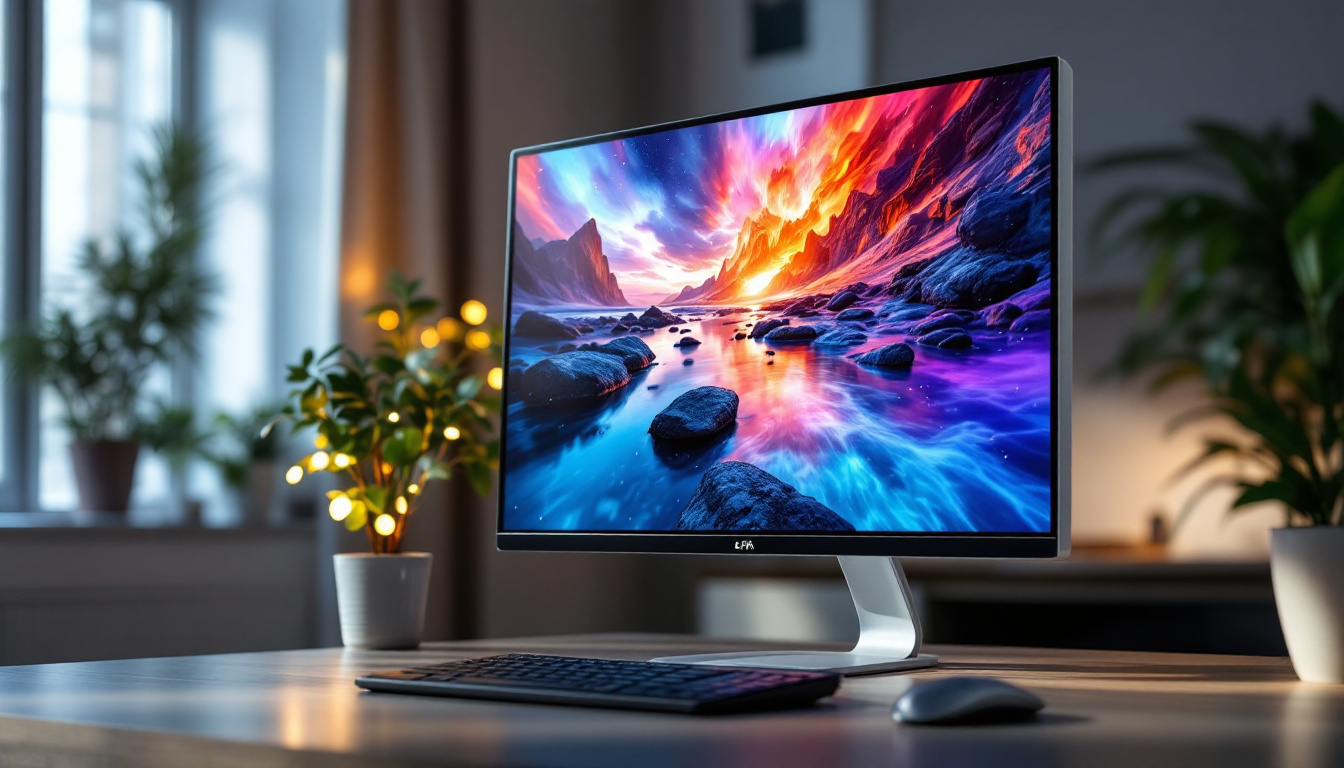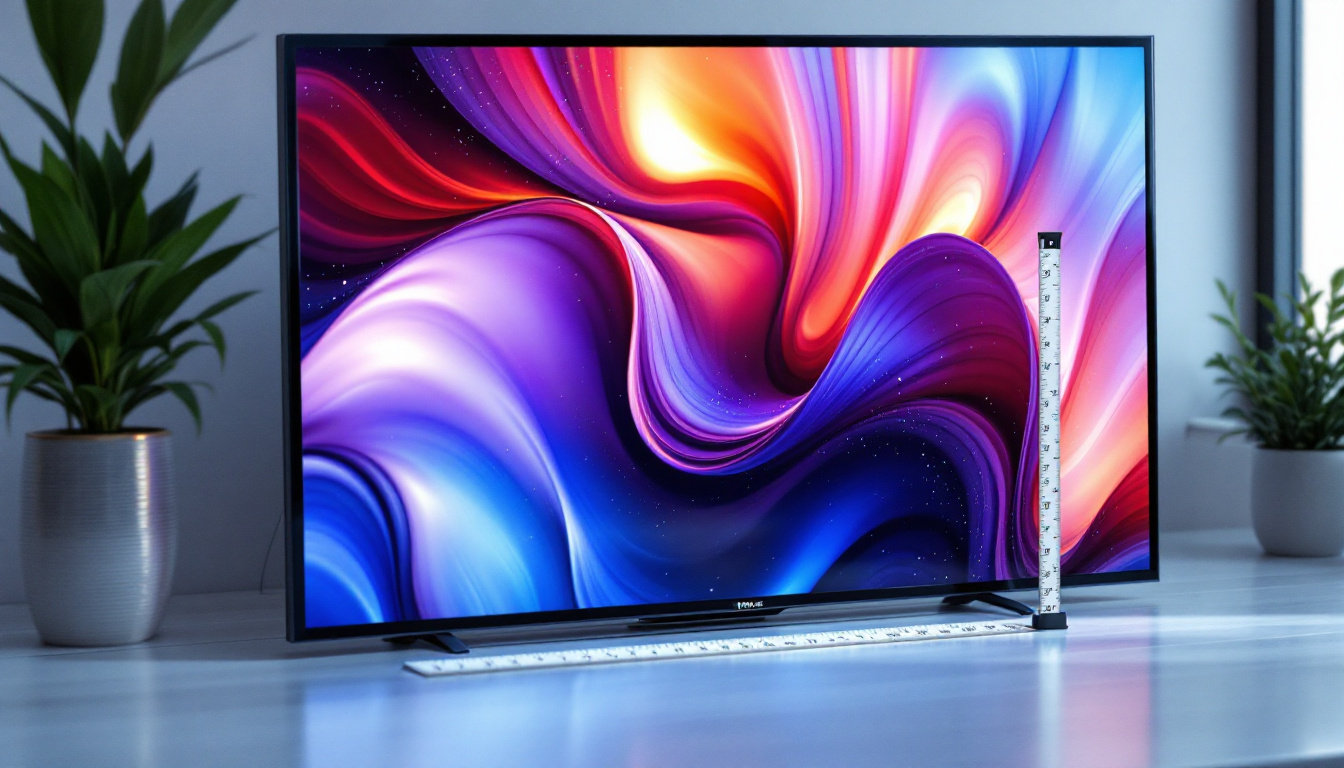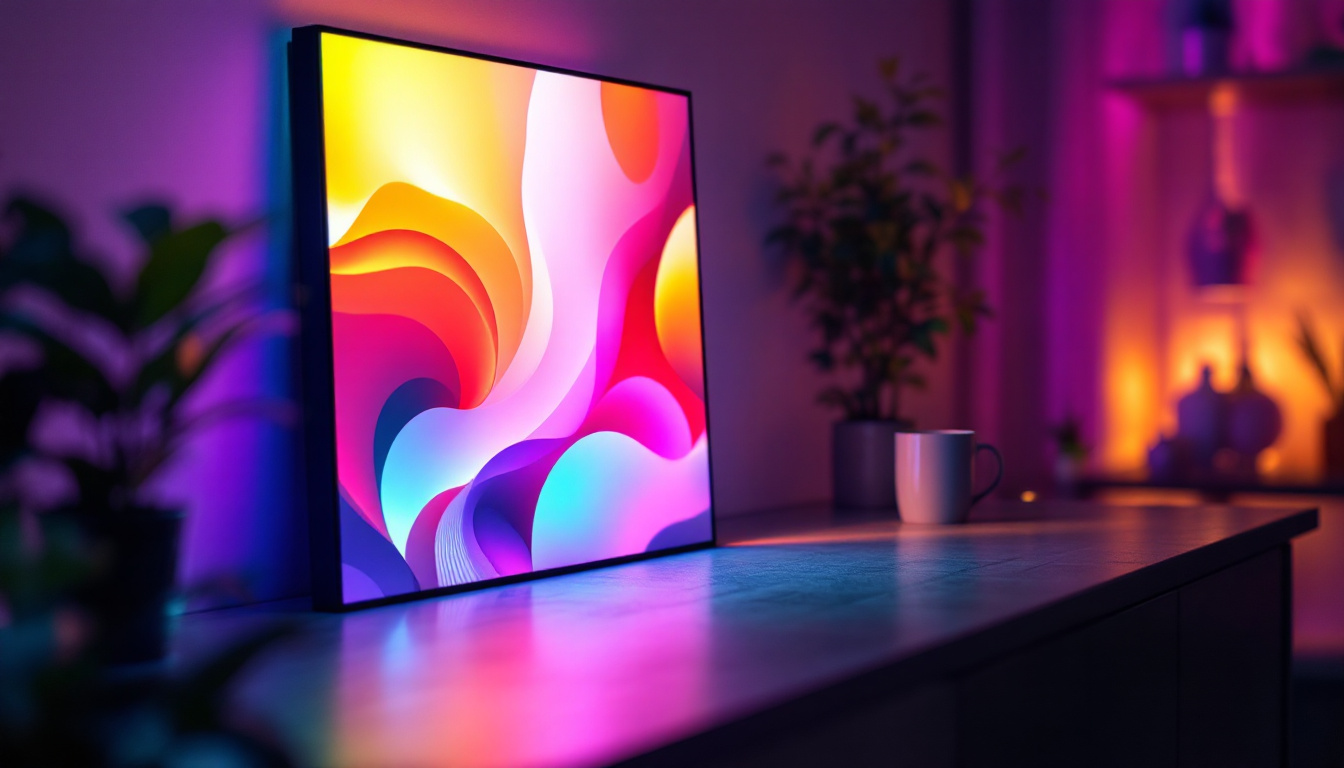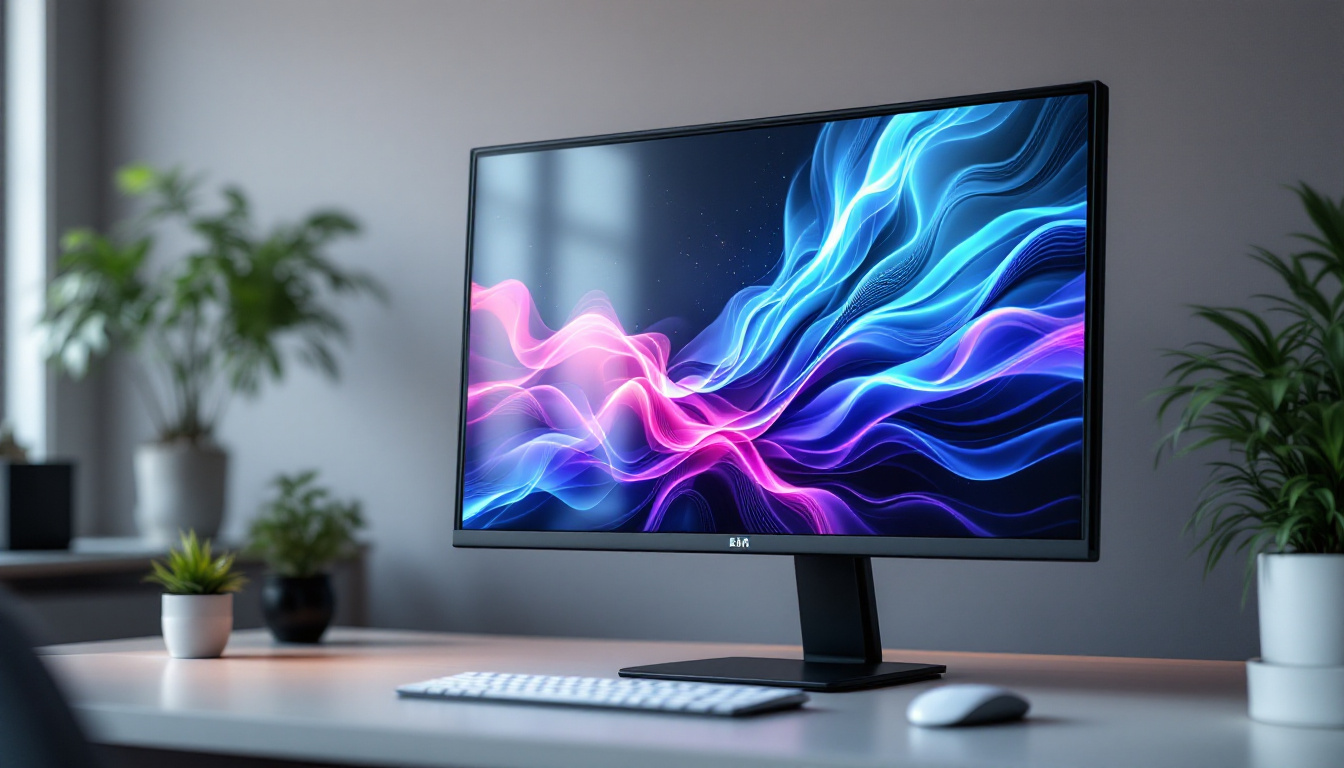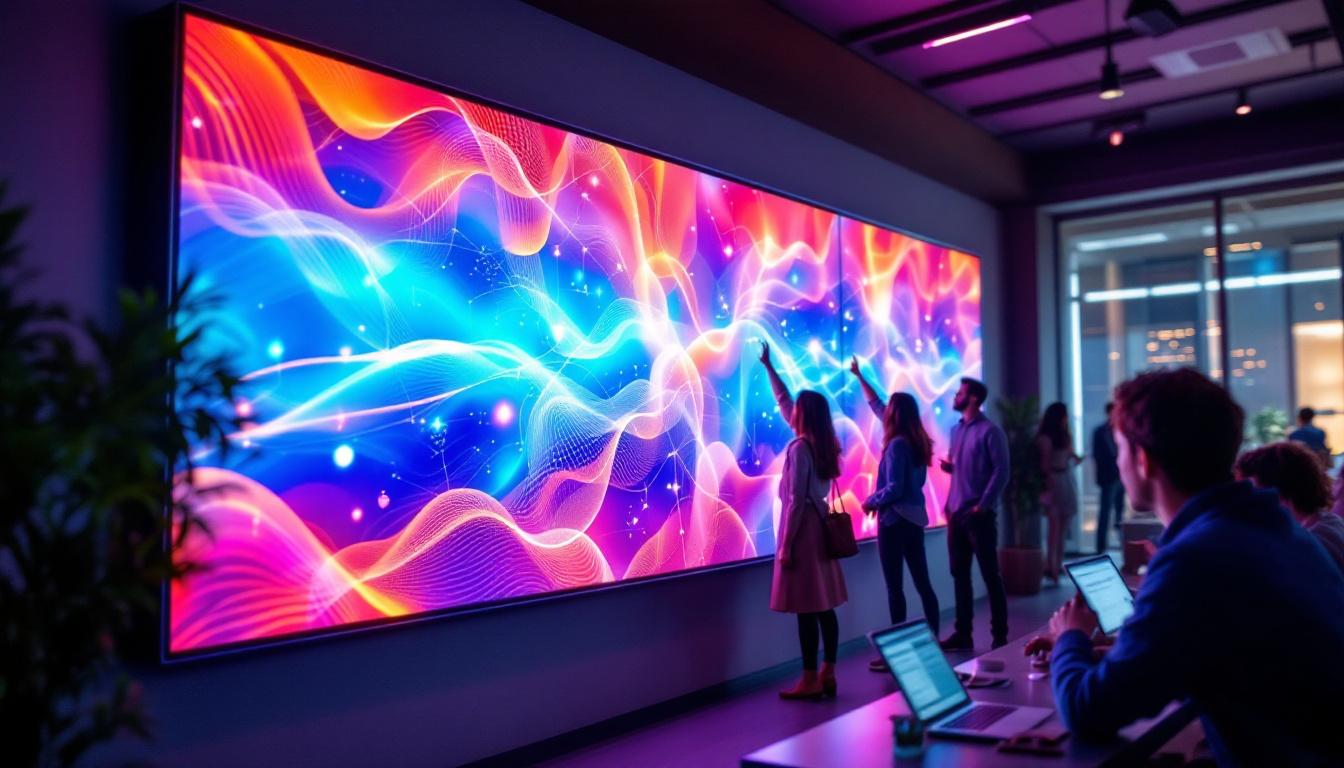In today’s fast-paced digital world, the need for efficient workspace setups has never been more critical. A dual screen mount stand for LED displays is an essential tool for maximizing productivity and enhancing the overall user experience. This article delves into the intricacies of dual screen mount stands, exploring their benefits, features, and the technology behind them.
Understanding Dual Screen Mount Stands
Dual screen mount stands are designed to hold two monitors simultaneously, allowing users to expand their visual workspace. This setup is particularly beneficial for professionals who engage in multitasking, such as graphic designers, financial analysts, and software developers. By providing a broader view of information, these stands facilitate improved workflow and efficiency. The ability to view multiple applications side by side can significantly enhance productivity, enabling users to compare data, reference materials, or manage communications without the need to switch back and forth between screens.
The Anatomy of a Dual Screen Mount Stand
At its core, a dual screen mount stand comprises several key components. These include the mounting arms, base, and adjustable features. The mounting arms are typically articulated, allowing users to position their monitors at various angles and heights. The base provides stability, ensuring that the setup remains secure during use. Depending on the model, some stands may also include gas spring mechanisms that allow for effortless adjustments, making it easy to switch between sitting and standing positions throughout the day.
Additionally, many dual screen mount stands come equipped with cable management systems, which help keep cords organized and out of sight, contributing to a cleaner workspace. This not only enhances aesthetics but also reduces the risk of tangled cables that can lead to accidents or equipment damage. Proper cable management can also improve airflow around the monitors, potentially extending their lifespan and maintaining optimal performance.
Types of Dual Screen Mount Stands
There are several types of dual screen mount stands available on the market, each catering to different needs and preferences. The most common types include:
- Desk-mounted stands: These attach directly to the edge of a desk, saving valuable desk space while providing a sturdy platform for monitors.
- Freestanding stands: These do not require attachment to a desk and can be placed anywhere, offering flexibility in positioning.
- Wall-mounted stands: Ideal for those looking to free up desk space entirely, these mounts attach directly to the wall, providing a sleek and modern look.
In addition to these basic types, there are also specialized mounts designed for specific environments or uses. For example, some stands are designed with ergonomic features to promote better posture, while others may include integrated USB hubs or power outlets for added convenience. Furthermore, many dual screen mounts are adjustable, allowing for tilt, swivel, and rotation, which can help reduce glare and improve viewing angles. This adaptability is especially important in collaborative workspaces where multiple users may need to access the screens from different positions.
Benefits of Using a Dual Screen Mount Stand
The advantages of utilizing a dual screen mount stand extend beyond mere aesthetics. Here are some of the most significant benefits:
Enhanced Productivity
One of the primary reasons professionals opt for a dual screen setup is the dramatic increase in productivity. With two monitors, users can view multiple applications simultaneously, reducing the need to switch back and forth between windows. This seamless transition allows for quicker decision-making and task completion.
Research has shown that individuals using dual monitors can increase their productivity by up to 50%. This is particularly evident in jobs that require data analysis, coding, or any task that benefits from having multiple sources of information visible at once. For instance, a graphic designer can have their design software open on one screen while referencing client feedback or inspiration images on the other, streamlining the creative process and enhancing the quality of the final output.
Improved Ergonomics
Ergonomics plays a crucial role in maintaining comfort and preventing strain during long hours of work. A dual screen mount stand allows users to adjust the height and angle of their monitors, promoting a healthier posture. This adjustability helps to reduce neck and eye strain, which are common complaints among those who spend significant time in front of screens.
By positioning monitors at eye level and at an appropriate distance, users can create a more comfortable and efficient workspace. This is particularly beneficial in reducing fatigue and enhancing overall well-being. Furthermore, the ability to tilt or swivel monitors can accommodate collaborative work, allowing multiple users to view the screens without straining their necks or bodies, fostering a more interactive and engaging work environment.
Space Optimization
In many office environments, space is at a premium. Dual screen mount stands help to optimize available workspace by elevating monitors off the desk. This not only frees up valuable desk space for other essentials but also creates a more organized and visually appealing setup.
With the ability to adjust the position of monitors, users can create a customized workspace that suits their specific needs, making it easier to maintain focus and productivity throughout the day. Additionally, the vertical space created by a dual screen mount stand can be utilized for other office accessories, such as plants, books, or personal items, contributing to a more personalized and inspiring workspace. This thoughtful arrangement can also lead to improved mood and motivation, as a well-organized environment often reflects a clearer mind and enhances creativity.
Choosing the Right Dual Screen Mount Stand
With a plethora of options available, selecting the right dual screen mount stand can be daunting. Here are some factors to consider when making a choice:
Weight Capacity
Before purchasing a dual screen mount stand, it is essential to check the weight capacity of the mount. Different stands are designed to support varying weights, and selecting one that can adequately support the combined weight of your monitors is crucial for safety and stability.
Most manufacturers provide specifications detailing the maximum weight each arm can hold. It is advisable to choose a mount that exceeds the total weight of your monitors to ensure durability and longevity.
Adjustability Features
Adjustability is a key feature to look for in a dual screen mount stand. Consider whether you need height adjustment, tilt, swivel, or rotation capabilities. These features allow for greater flexibility in positioning monitors, catering to individual preferences and ergonomic needs.
For instance, a stand that allows for 360-degree rotation can be particularly useful for presentations or collaborative work, enabling quick adjustments to the monitor’s orientation.
Installation Process
The installation process can vary significantly between different models. Some stands require complex assembly, while others are designed for quick and easy setup. It is advisable to read reviews and product descriptions to gauge the installation difficulty before making a purchase.
Additionally, consider whether the stand comes with all necessary hardware and installation instructions. A user-friendly setup can save time and frustration, allowing you to enjoy your new workspace sooner.
Installation Tips for Dual Screen Mount Stands
Installing a dual screen mount stand can be straightforward if approached methodically. Here are some tips to ensure a successful installation:
Prepare Your Workspace
Before beginning the installation, clear your workspace of any clutter. This will provide ample room to work and prevent any accidental damage to your monitors or the stand.
Gather all necessary tools and components, including the stand, monitors, and any mounting hardware provided. Having everything at hand will streamline the installation process.
Follow Manufacturer Instructions
Each dual screen mount stand comes with specific instructions from the manufacturer. It is crucial to follow these guidelines carefully to ensure proper installation and functionality. Pay attention to details such as weight limits and mounting methods.
If the stand requires drilling into the desk or wall, ensure that you have the appropriate tools and that you are aware of any underlying cables or pipes that may be present.
Test Stability
Once the installation is complete, test the stability of the setup before placing your monitors on the stand. Gently shake the stand to ensure it is securely mounted and does not wobble. This step is vital for preventing accidents and ensuring the safety of your equipment.
After confirming stability, carefully attach the monitors, ensuring they are securely fastened according to the manufacturer’s instructions.
Maintaining Your Dual Screen Mount Stand
To ensure the longevity and optimal performance of your dual screen mount stand, regular maintenance is essential. Here are some maintenance tips:
Regularly Check Tightness
Over time, the screws and bolts that secure the stand can loosen due to regular use. Periodically check these fasteners and tighten them as needed to maintain stability and safety.
It is advisable to perform this check every few months, or more frequently if the stand is used extensively.
Clean the Stand
Dust and debris can accumulate on the stand, affecting its appearance and functionality. Regularly clean the stand with a soft cloth and mild cleaning solution to keep it looking its best.
A clean workspace not only enhances aesthetics but also contributes to a more pleasant working environment.
Inspect for Wear and Tear
Regularly inspect the stand for any signs of wear and tear, such as cracks or rust. If any damage is detected, it may be time to consider replacing the stand to ensure safety and performance.
Addressing issues early can prevent more significant problems down the line and ensure a safe working environment.
Conclusion
A dual screen mount stand for LED displays is an invaluable addition to any workspace, offering numerous benefits that enhance productivity, ergonomics, and space optimization. By understanding the various types, features, and installation processes associated with these stands, users can make informed decisions that best suit their needs.
With the right dual screen mount stand, individuals can create a more efficient and comfortable workspace, ultimately leading to improved performance and satisfaction in their professional endeavors. Regular maintenance and attention to detail will ensure that this investment continues to deliver value for years to come.
Explore Cutting-Edge Dual Screen Solutions with LumenMatrix
Ready to elevate your workspace with the latest in LED display technology? Discover LumenMatrix’s innovative solutions tailored to your professional needs. From enhancing brand visibility to creating immersive visual experiences, our range of products, including Indoor and Outdoor LED Wall Displays, Vehicle and Sports LED Displays, and more, are designed to revolutionize visual communication. Don’t miss the opportunity to transform your workspace. Check out LumenMatrix LED Display Solutions today and take the first step towards a more engaging and productive environment.

